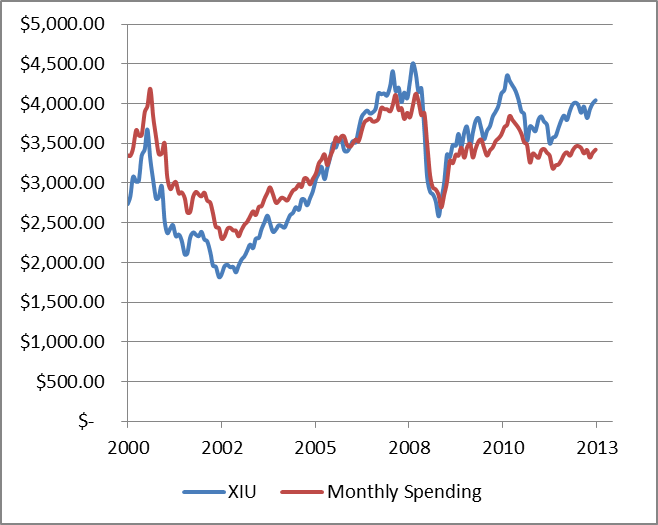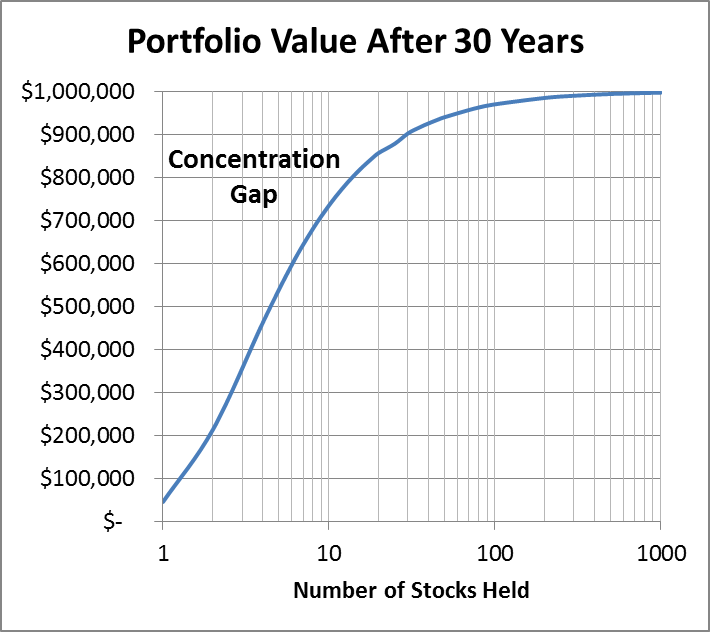Michael James on Money How Often Should You Buy Stocks with New Savings
Post on: 23 Июль, 2015 No Comment

Tuesday, February 4, 2014
How Often Should You Buy Stocks with New Savings?
I just found out that Chrome and Feedburner cannot handle square-root signs. I’ve updated the post to take them out.
My son recently set up his first TFSA and has $450 per month flowing into it. His plan is to buy Vanguard Canadas exchange-traded fund VCN with this money. Once his portfolio grows, hell consider adding other stock indexes and other asset classes. After the first deposit, he asked me a good question: how often should I buy VCN?
He was clever enough to figure out that making a trade every month might be too expensive, but if he waits too many months between trades, hes giving up potential growth. There must be some optimum number of months between trades.
The following factors affect the optimum interval between trades:
m yearly new savings
r excess yearly return of stocks vs. cash
c stock-trading commission
Bid-ask spreads are a real cost, but they dont enter into consideration because they are the same over the course of time no matter how often you trade.
From these values we can calculate
T threshold cash balance when you should trade to minimize costs
Its time to trade when the cash balance reaches a threshold 1 T equal to the square root of 2mc /r .
Ill do a few examples below to show how to use this formula.
Were assuming here that the opportunity cost rate r is constant. In reality, the opportunity cost can turn out to be just about any value depending on how stocks perform. But we cant know in advance how theyll perform, so we just use some assumed average rate.

Another note about this formula is that it assumes that there will only be a single trade when the cash threshold is reached. It makes more sense to alternate among purchases of each ETF rather than to save up enough to make several purchases.
In my sons case, we assumed that the opportunity cost is 6% per year (r =0.06). He pays a $10 commission (c =10). Plugging these figures into the formula simplifies the threshold where you should make a trade to approximately 18 time the square root of m .
In my sons case, m = 12*450 = 5400. Plugging this into the formula we get that he should make a trade when his balance reaches $1320. His balance will be $450, then $900, and then $1350. Because $1350 is closest to the $1320 we calculated, he would buy some VCN every third month to minimize costs.
Lets try another example. Suppose you receive $250 in dividends every quarter. Then m =1000. Using r =0.06 and c =10, we get a threshold of about $570. Your balance will be closest to this threshold every second quarter ($500).
An aggressive saver puts away $500 on each bi-weekly pay cheque. So, m =13,000. Using r =0.06, and c =10, we get a threshold of $2050. So, it makes sense to trade every fourth pay cheque.
Many investors will find it unsatisfying to let cash sit around while trying to optimize costs. It can certainly make sense to trade more often for emotional reasons. This is especially true if you are prone to spending the money if its just sitting there as cash. But for those interested in minimizing costs, this formula works well.
1 This formula is actually an approximation based on simple interest. If we use compound interest, we end up with equations that can only be solved numerically. It turns out that using simple interest gives a very close approximation, and there is little value in further precision. Let t be the time between trades. Then assuming that the yearly cash contribution m builds continuously, the cash balance will be mt when we trade. The average cash balance is mt /2. The foregone interest rate (using simple interest) is rt. The opportunity cost is then (mt /2)(rt ). Add to this the commission cost c. We incur these costs 1/t times per year. Then the total yearly cost is mrt /2+c /t. This is a minimum when t is the square root of 2c /(mr ). The threshold cash balance for trading T =mt is the square root of 2mc /r. The only difference when new cash comes in discrete amounts instead of continuously is that we should trade when the balance is closest to the threshold value T.














